As I had mentioned in my previous post – there is more to Verona than Romeo and Juliet. This magnificent walled city is truly a gem and has been awarded world heritage site status by UNESCO. “Verona has preserved a remarkable number of monuments from antiquity, the medieval and Renaissance periods, and represents an outstanding example of a military stronghold.” Let’s take a quick look around Verona highlighting three piazzas – Piazza delle Erbe, Piazza dei Signori and Piazza Bra.
Piazza delle Erbe
This piazza was the town’s forum during the Roman Empire; today it is full of stalls selling souvenirs, fresh fruits, vegetables and other food items. Turn your gaze to the facade on the top floors of the buildings in the background in the photo below known as Casa Mazzanti. There are cafes lined up by those buildings. I think you can even see the signs. Here’s a wonderful 360 view of Casa Mazzanti.
The next few photos show some details of the frescoes by Cavalli on the facade of Casa Mazzanti.
The Domus Mercatorum or Casa dei Mercanti (see photo below) is a lovely example of medieval architecture. It was home to the guild of the city’s merchants, and today it houses the Banca Popolare di Verona. There’s a great 360 view here on this site – http://www.360globe.net/italy/verona/domus-mercatorum.html.
In the photo below, see the Baroque style building in the background? That is Palazzo Maffei, located on the northwest side of Piazza delle Erbe. It was built in 1668. The top of the facade is adorned by six statues of Hercules, Jupiter, Venus, Mercury, Apollo and Minerva.
Here’s a close-up view of Palazzo Maffei. At the front of the Palazzo, on a white marble column sits the symbol of the Republic of Venice – St. Mark’s Lion.
The clock tower called Lamberti Tower or Torre dei Lamberti, looms over Piazza delle Erbe from the north side. You can climb to the top – all 238 steps! It was built in 1172 and the clock was added in 1779.
See that archway in the photo below? It’s called Arco della Costa. Right underneath it is a path that leads to our next piazza. By the way, can you see the whale’s rib suspended just underneath it? I don’t know the story behind it but I guess it’s been hanging there for awhile. Let’s go!
Piazza dei Signori
Piazza dei Signori is a little less hectic than Piazza delle Erbe. I’d recommend the cafes in this piazza as it is a little quieter and more picturesque. See the photo below, that’s where you would walk from Piazza delle Erbe to get to Piazza dei Signori. Check out this site for a 360 view of the Piazza dei Signori. Love Love Love these 360 views!
Here is a photo of the centre of the piazza with Dante’s statue. To the right is the Della Scala family palace and the Renaissance building in the middle is The Council Lodge or Loggia del Consiglio.
Take a closer look at the lovely detail of The Council Lodge.
Before we move on to our final piazza, let’s take a small detour. We’ll want to stay on the same path that took us to Piazza dei Signori to go to the Church of Santa Maria. It’s not the church we’re interested in, it’s the cemetery outside of it, erected by the Della Scala family. Another 360 view. Such ornate details. I really need to read a book on Verona and find out more about the Della Scala family. I think Dante may have even stayed at their palace.
Piazza Bra
Piazza Bra is dominated by the Arena, constructed in 30 AD, is the third largest in Italy. The Arena is still being used today for events, theatre, and operas. It measures 139 metres long and 110 metres wide. The acoustics must be awesome in this place. I would love to see an opera here one day.
I’ve only scratched the surface of Verona with these three piazzas. There’s so much more to see. On closing, here’s a view of that wall surrounding the city.

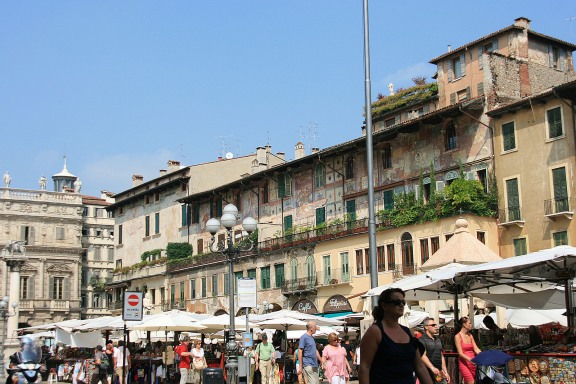

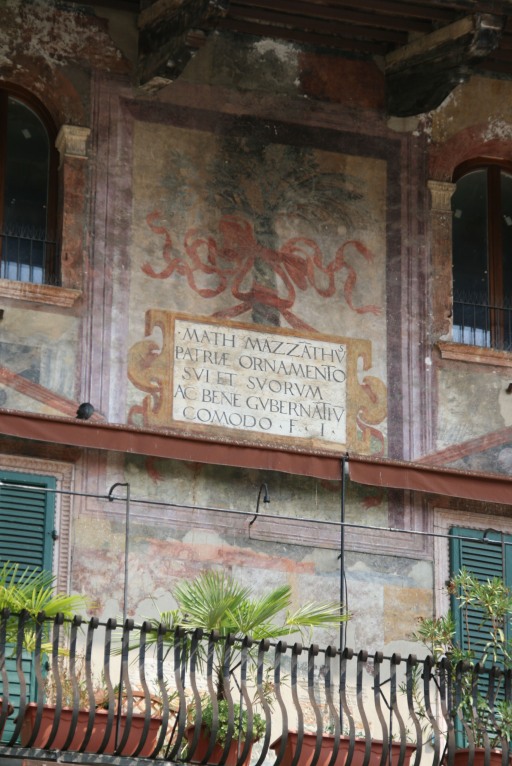
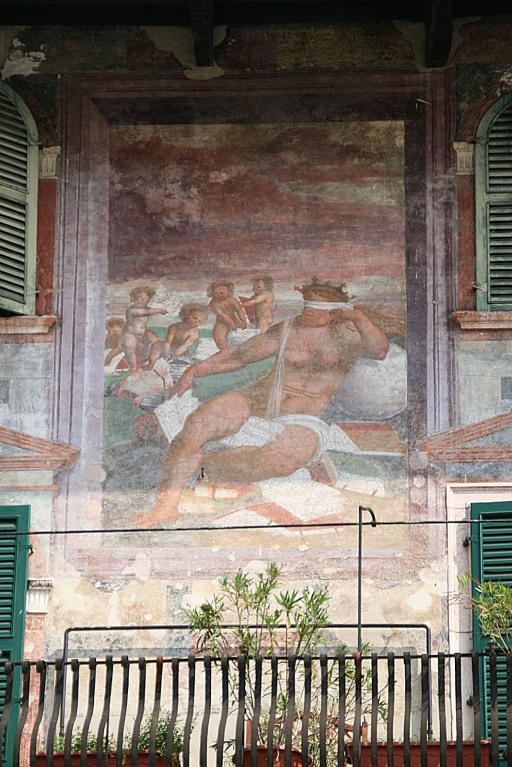
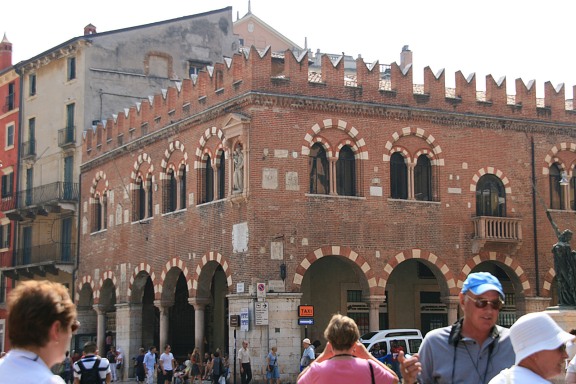





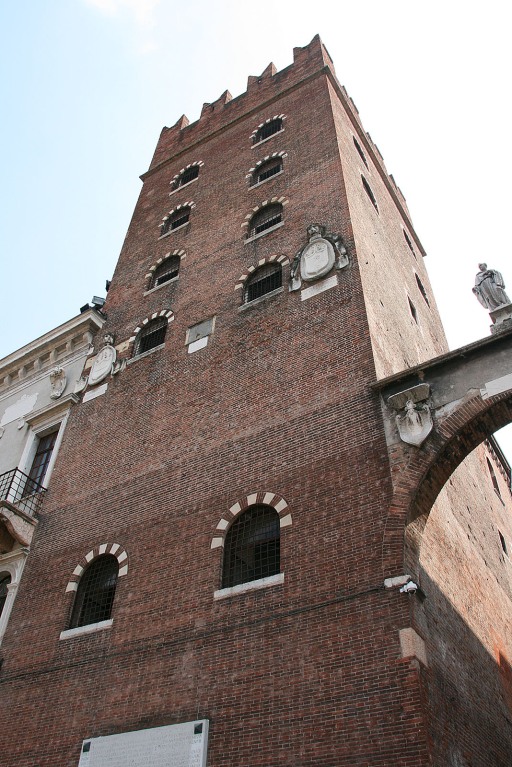


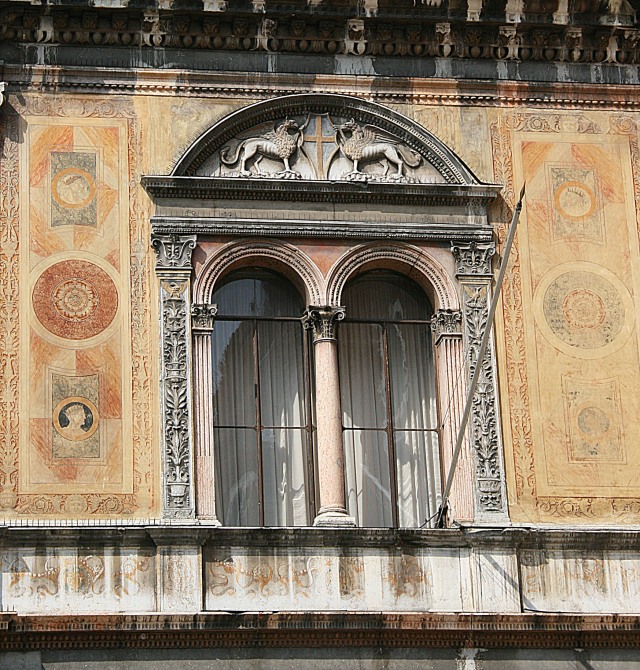
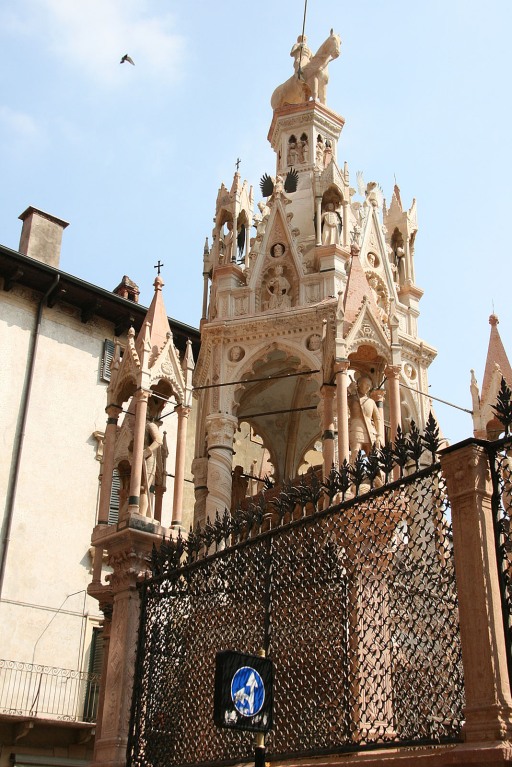
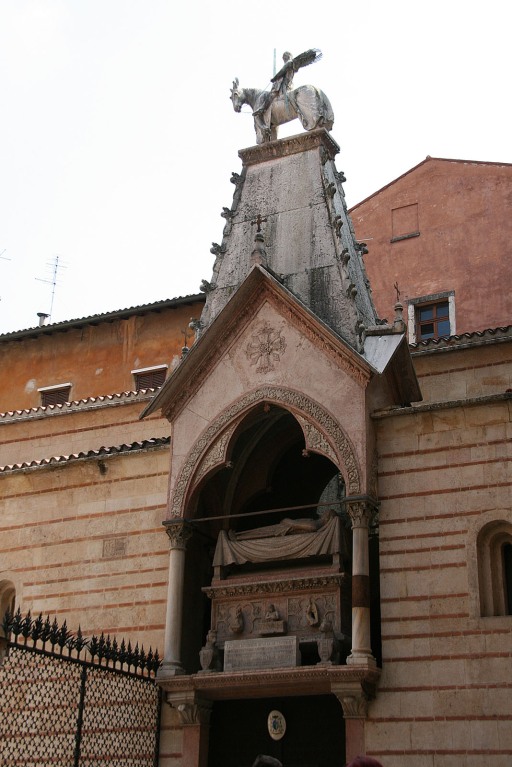



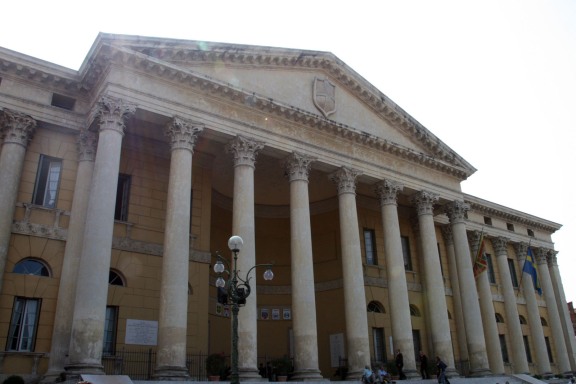
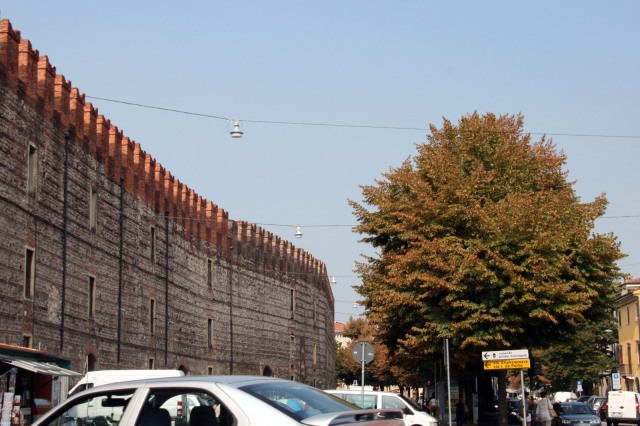
Love the awesome pictures! wish I were there 🙂
Thanks and me too!
Yet again another comprehensive and interesting pictorial guide to one of Europe’s beautiful cities 🙂
Thanks so much!
I love the antiquity of some of the cities in Europe, and it seems Italy has more than its share of that. Love it, and thanks for taking us there with your photographs. 🙂
Thanks for your comment! I think all of Italy could be considered a UNESCO site 🙂